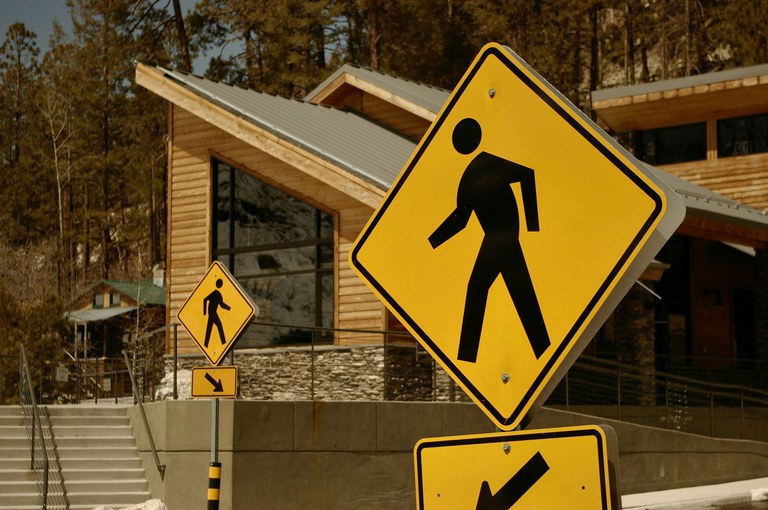Effects of crosswalk illuminators and rapid rectangular flashing beacons on speed reductions and yielding to pedestrians at night
Shift into Safe News
Dark conditions are among the circumstances under which pedestrian fatalities have experienced the largest increases. This study examines the nighttime effects of continuous and triggered illuminators at crosswalks on driver behavior: yielding to pedestrians and reducing speeds by 10 mph or more and by 5 mph or more. The study also compares the effects of rectangular rapid flashing beacons (RRFBs) in conjunction with crosswalk illuminators with RRFBs alone and with illuminators alone.
The study found that adding continuous and triggered illuminators at crosswalks with low-existing lighting levels made motorists more likely to yield and to reduce speeds at night. Increases in the likelihood of drivers reducing speeds were greater as speed reductions became larger. RRFBs plus triggered illuminators made drivers more likely to yield and to reduce speeds, compared with RRFBs alone or with illuminators alone. Read the effects of crosswalk illuminators and rapid rectangular flashing beacons on speed reductions and yielding to pedestrians at night article here.

